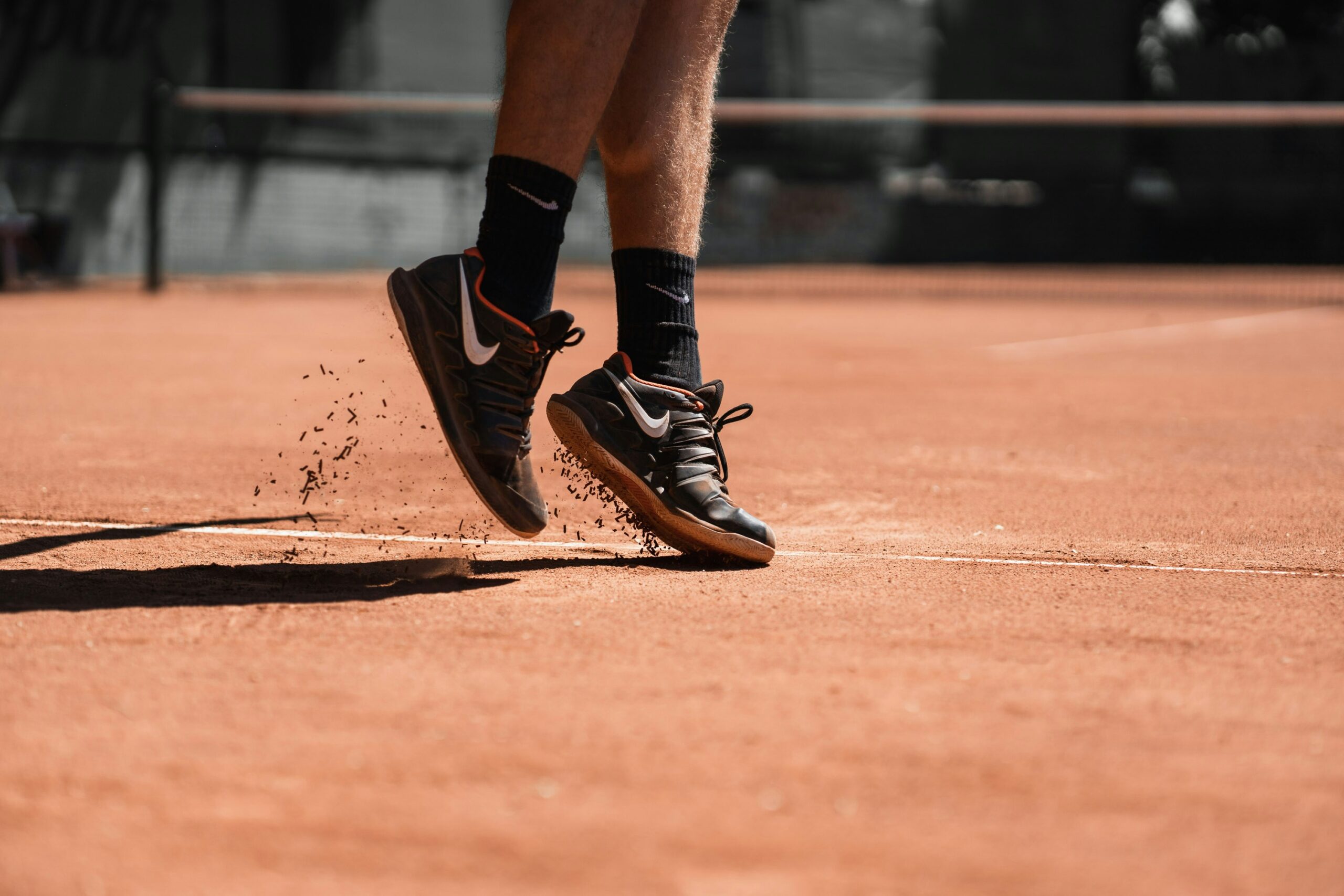Footwork determines everything in junior tennis. A player can have textbook strokes, but if they’re off-balance or out of position, those shots will miss. It happens in every junior match – players with good form hitting balls long or wide because they couldn’t get their feet right.
Most junior players work on their strokes constantly but barely practice movement. This doesn’t make sense. Your feet get you to the ball. If you can’t get there properly, your stroke technique doesn’t matter.
When you move well, tennis becomes easier. You have more time to set up shots. You stay balanced during contact. You recover faster for the next ball. This post covers the movement patterns juniors need to learn, drills that help build these skills, and how to use better footwork during matches.
Core Footwork Patterns Every Junior Must Master
Ready Position
Before anything else, get your stance right. Stand with feet shoulder-width apart, knees slightly bent, weight on the balls of your feet. Hold your racquet in front of you with both hands. This athletic position lets you explode in any direction and react quickly to incoming shots.
Many juniors stand too tall or lean back on their heels. This makes you slower to react. When you’re flat-footed, you waste time getting started. Practice this position during warm-up until it feels normal.
The Split Step
A split second before your opponent makes contact with the ball, do a small hop with both feet landing shoulder-width apart in your ready position. This prepares your body to move in any direction and helps you react faster to where the ball is going. Timing matters here. Split early, you land before knowing where the ball goes. Split late, and you might not get to the ball in time.
Side Step/Shuffle
When the ball comes to your forehand or backhand, shuffle sideways instead of running. Keep your feet parallel to the baseline and move laterally. This keeps you balanced and facing the net, in the right position to hit.
Forward and Backward Movement
Moving forward requires small, controlled steps to maintain balance – especially when approaching short balls or moving to the net. For backward movement, use quick backpedal steps while staying low. Don’t turn and run backward, as you’ll lose sight of the ball and your balance.
Crossover Steps
When a ball is hit really wide, you need crossover steps to cover more ground quickly. Step your outside foot over your inside foot, then continue running. This gets you to difficult shots that side shuffles alone can’t reach.
Drills That Actually Work
Cone Drills for Quick Direction Changes
Set up four cones in a square, about 10 feet apart. Sprint to each cone in different patterns – forward, backward, diagonally. This helps you practice changing direction quickly.
Start with simple patterns, then make them harder. Run forward to each cone first. Then try diagonal patterns. Then random sequences. Focus on planting your outside foot and pushing off to change direction. Don’t take extra steps to slow down.
Shadow Tennis
Go through your stroke motions without a ball, but add the footwork. Start slow to make sure your footwork is right, then speed up as it becomes more natural. Practice different situations – wide forehands, short balls, high bouncing shots. This builds muscle memory for movement patterns.
Example: Practice split step, shuffle to your forehand, hit the shot, then recover back to center. Do this for 2-3 minutes at a time.
Reaction Ball Drops
Have someone stand 6 feet away and drop a tennis ball from shoulder height. When they release it, sprint forward and catch it before the second bounce. This improves your reaction time and forward movement.
Your partner should vary when they drop the ball so you can’t guess the timing. Once you can catch it consistently, try variations. Have them drop it to your left or right. Or drop from different heights to change the timing.
Putting It All Together in Matches
During Rallies
Use your split step every time your opponent hits the ball. Then shuffle to get into position, staying on the balls of your feet. After you hit, immediately start moving back toward the center of the court – don’t watch your shot.
After Attacking Shots
When you hit an aggressive shot that pulls you wide or forward, you need to recover quickly. Push off your outside foot and take 2-3 quick steps back toward center court. This prevents your opponent from hitting an easy winner to the open court.
Net Approaches
Moving forward to the net requires control. Take small, quick steps as you approach, keeping your weight slightly forward. Don’t run full speed – you need to be able to stop and change direction for volleys.
The key is developing rhythm between your footwork and the ball’s timing. Good players move to where the ball will be, not where it is. Many juniors either run too fast and can’t stop in time, or move too slow and never get close enough. Find the right pace – fast enough to get there quickly, controlled enough to stay balanced.
Start With the Basics
Footwork might not be as exciting as hitting winners, but it’s the foundation that makes everything else possible. Work on these movement patterns as much as you practice your strokes. Better footwork means better balance, wider court coverage, and more consistent shots under pressure.
Every good tennis player moves well first, hits well second.
Want extra help with tennis footwork? Athletes Untapped connects junior athletes with private coaches who specialize in movement, agility, and overall game development. Families can explore local tennis coaches to find the right fit for their child’s tennis journey.




